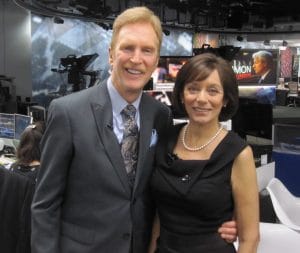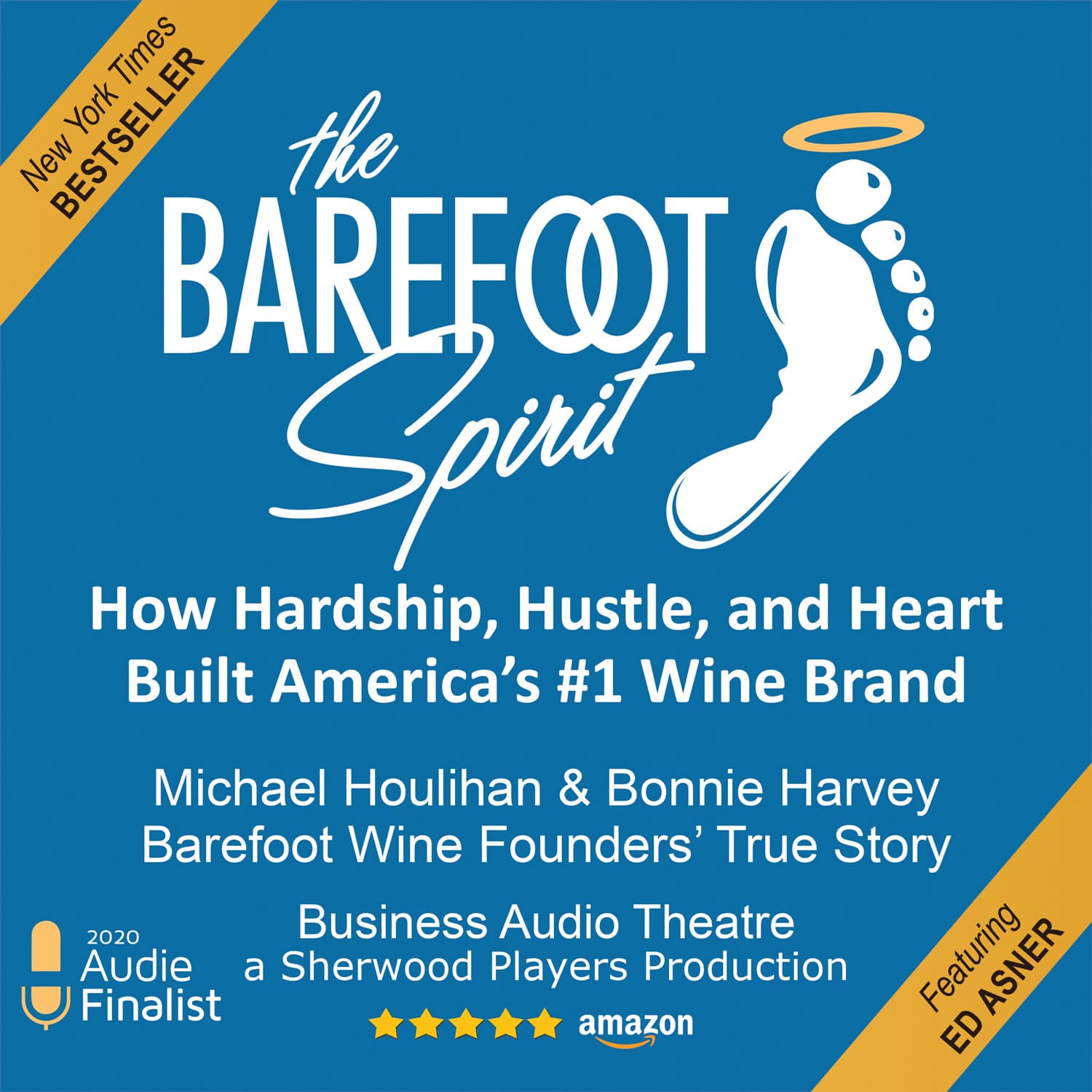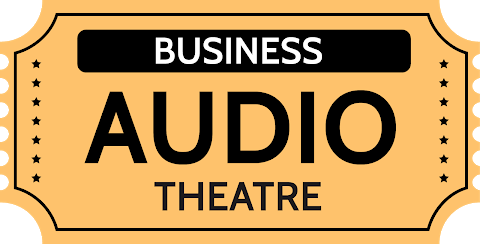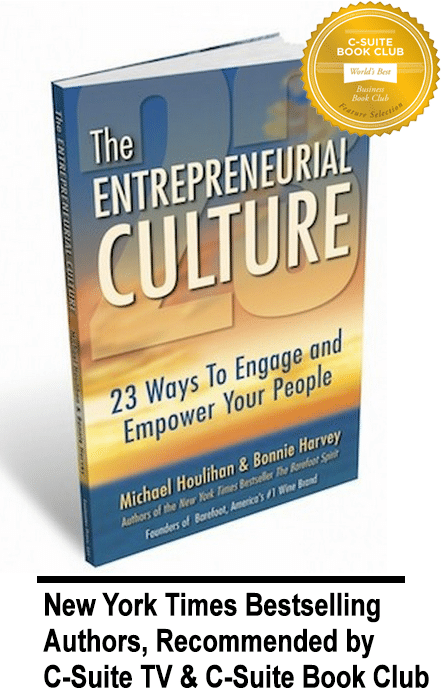
Every day we communicate with folks whom we depend on to get our jobs done. We need answers to time-sensitive matters that are in the interest of both parties. When we realize that our email recipients have developed time-saving strategies to quickly scan content for the action items, we can alter our approach to make it easier for them to take action.
1 Pick up the Phone. Live communication will save you hours. You can then document both parties’ questions, answers, and agreements in an e-mail. Its best to make live contact with someone as soon you know you will be working with them. By doing this first, they will be more likely to give your email timely responses. If there’s a misunderstanding in your email correspondence, settle it quickly by phone.
2 Subject and Chain. Chose words in the “subject” line that simply describe the topic so you can easily search for the history of the conversation. Build on this email chain, and if they break the chain, add it back in your response. That way you will have a chronological record of the commitments made by both parties.
3 The On-Ramp. A great mentor once told us that people only remember the first thing you say and the last. The subject and first sentence should enable them to put your email in context quickly, “Hi Mary, I wanted to get back to you to start our project.” Then briefly describe the reason for your email in 10-15 words. If it takes a paragraph to describe or explain the subject matter, consider a phone call instead.
4 Time Sensitive. State when you need their response and be considerate of when they need yours so you both can meet your schedules. If a request is overdue, after the subject write “TIME-SENSITIVE” in caps. Don’t over use or abuse this or your recipient won’t take your emails seriously.
5 Easy to Read. Use #11 or #12 font and chose an easy-to-read, non-serif font style like Ariel, Calibri, or Helvetica. There’s a good reason why the highway departments chose non-serif font. Limit each paragraph to 3-4 sentences. Break up run-on sentences. Try to keep your entire content under one-half page (250 words). Don’t make them scroll down the page.
6 Numbers or Bullets. Generally, use bullets to make points, and use numbers to list questions. Try to limit both to fewer than six. If you have multiple questions, make your closing statement, “Thank you for responding to each of these questions.” Many people have a tendency to only respond to the last question in a series. With those who don’t respond to lists, it may be better to send a separate email for each question, but be careful you don’t become a “pest.”
7. The Off-Ramp. Leave them with your requested action item and deadline. Then thank them using their name, “Thanks for getting back to us by Friday, Mary.” Select a reminder date to follow up with them. And before you hit the send button, always review your email for clarity and accuracy.
Email is a challenging form of communication. Try these techniques to get your message across clearly. Thanks for getting back to me next week to let me know how these tips worked for you.
Who We Are

Michael Houlihan and Bonnie Harvey co-authored the New York Times bestselling business book, The Barefoot Spirit: How Hardship, Hustle, and Heart Built America’s #1 Wine Brand. The book has been selected as recommended reading in the CEO Library for CEO Forum, the C-Suite Book Club, and numerous university classes on business and entrepreneurship. It chronicles their humble beginnings from the laundry room of a rented Sonoma County farmhouse to the board room of E&J Gallo, who ultimately acquired their brand and engaged them as brand consultants. Barefoot is now the world’s largest wine brand.
Beginning with virtually no money and no wine industry experience, they employed innovative ideas to overcome obstacles, create new markets and forge strategic alliances. They pioneered Worthy Cause Marketing and performance-based compensation. They built an internationally bestselling brand and received their industry’s “Hot Brand” award for several consecutive years.
They offer their Guiding Principles for Success (GPS) to help entrepreneurs become successful. Their book, The Entrepreneurial Culture: 23 Ways To Engage and Empower Your People, helps corporations maximize the value of their human resources.
Currently they travel the world leading workshops, trainings, & keynoting at business schools, corporations, conferences. They are regular media guests and contributors to international publications and professional journals. They are C-Suite Network Advisors & Contributing Editors. Visit their popular brand building site at www.consumerbrandbuilders.com.
To make inquiries for keynote speaking, trainings or consulting, please contact sales@thebarefootspirit.com.






